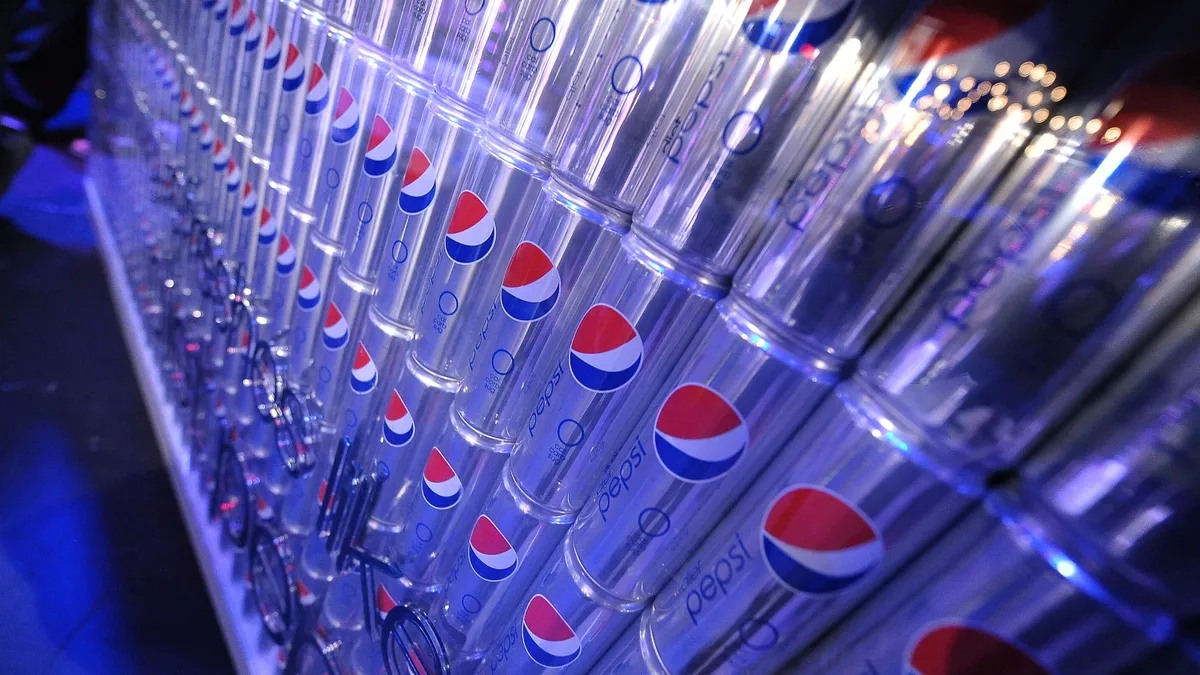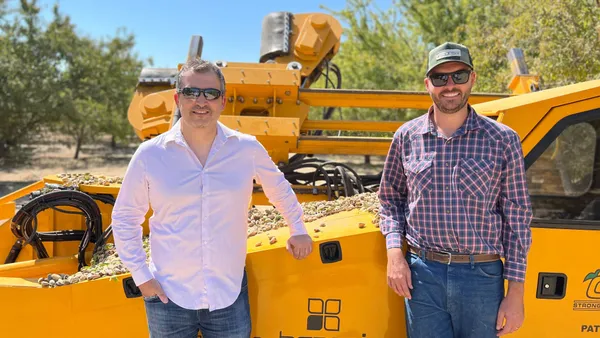A carbonated cola is roughly 90% water. But that’s just a drop in the bucket for a manufacturer like PepsiCo when it comes to its dependency on water.
The substance is a critical resource all along the value chain of PepsiCo and its peers. “Water irrigates the crops we use, is a key ingredient in many of our products and is essential to ensuring we meet the highest product safety and quality standards in our manufacturing facilities,” PepsiCo says on a company website devoted to water.
A little over two years ago, PepsiCo announced a goal to become net water positive by 2030, meaning it would replenish more water than the company uses. If successful, that would place PepsiCo “among the most water-efficient food or beverage manufacturers operating in high-risk watersheds,” it said at the time.
Meeting that goal will take continued innovation, information sharing and close work with suppliers and local communities, the head of PepsiCo’s water-use strategy said in an interview.
“We need everyone on this journey,” David Grant, senior director of global climate and water solutions at PepsiCo, said in an interview. “We’ll never get around to it if we’re just kind of puttering away.”
By NASA’s counting, there’s more than 326 million trillion gallons of water on Earth. But just a fraction of that is freshwater, and the resource in many areas faces growing perils from droughts and other effects of climate change.
To reduce water use at PepsiCo, Grant and his team of three focus on internal efficiency — which often means implementing technology and best practices — as well as looking at watersheds where it operates and working with the farmers who produce inputs for the company.
Often, some of the biggest innovative leaps come from those in Pepsi looking at water use in regional operations. At an Indian facility, for example, the company learned how to reuse water vapor from operations and cut down on water draws, Grant noted.
At a plant in Mexico, the company launched a circular project that cut freshwater demand by almost 70% in two years, and which Pepsi has since expanded to operations in Brazil. The company has also used tech and process upgrades on the snack side of its business to reduce water use in chip production.
Grant noted the importance of working with local communities and governments on conservation in the water shed. “PepsiCo could be the most water-efficient operation the world and have the most water-efficient facilities, but if the water is not around it doesn’t add much,” Grant said.
Since 2015, PepsiCo has increased water-use efficiency by 22%. It has also replaced in local watersheds 45% of the water it uses in high-risk areas. At the same time, the company has put money toward conservation projects and water-filtration systems to expand access to clean drinking water.
In 2022, the company withdrew some 78,444 megaliters, down from 85,942 in the previous year and less than a third of rival Coca-Cola’s annual withdrawals.
To share knowledge it has gleaned and help educate people within and outside the company on water issues, PepsiCo recently launched an open-access online course on water with the platform Coursera.
For anyone who wants to take it, the course teaches about corporate water stewardship principles and the impact of water on the supply chain, as well as about water cycles and regulatory and ethical frameworks around water.
The course is partly “our way of bringing in colleagues and building capability in water,” Grant said. “Water is one of these areas that is very specific, is very local and yet it touches a lot of people’s jobs.”












